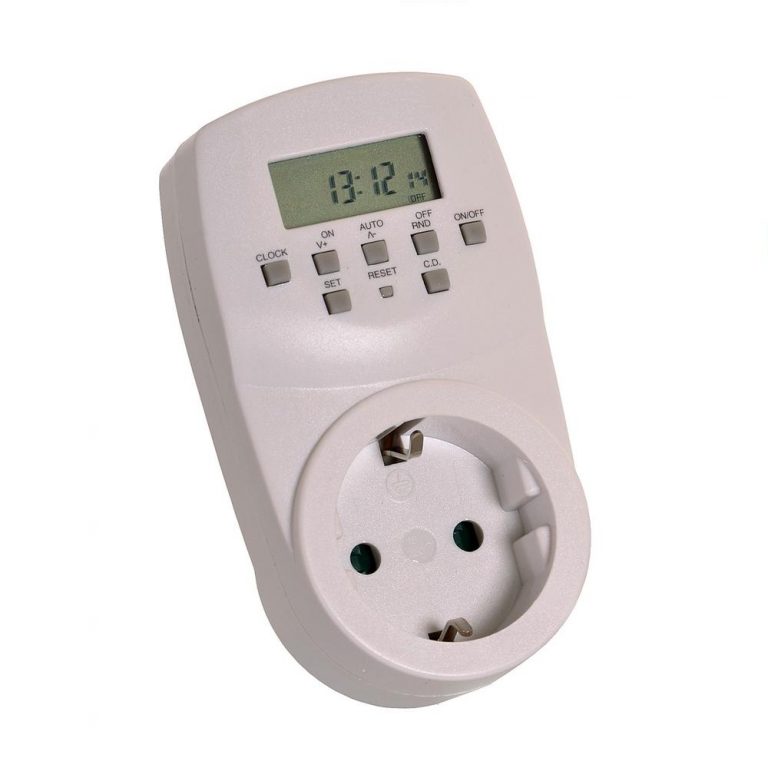
Unfortunately the inverse way does not work so well. Higher reading skills obtained with a computer screen are totally transferable to reading from paper. Computers offer unique exercises to boost reading efficiency through interactivity, text animation and pacing. A book-based method requires a good deal of time as well as a strong commitment from the reader.įinally, a speed reading computer program is probably the most efficient way to achieve top reading levels. Some methods may include audio or videocassettes. It often includes more general information about concentration, interest stimulation, skimming techniques and ways to approach a text.

Such a book usually provides speed and comprehension tests as well as techniques to improve reading. However, as this rapid and encouraging improvement is not sufficiently anchored, it often fades with time.Ī book about speed reading is the second possibility. It is quite usual for a slow reader to double and even triple his reading efficiency during a two-day class offering a positive atmosphere, carefully selected texts and comprehension tests. The fastest is probably a speed reading seminar based upon good materials and animated by a dynamic instructor. There are three possible ways to improve reading. On the other hand, human or computer speaking, with an average speed of 150 wpm, will always remain many times slower than a good reader, without any consideration of the skimming and skipping possibilities. The rapid improvement of voice recognition may gradually make typing virtuosity obsolete since a good typist performs well under the speed of speech.
OUTLOUD TIMER FULL
Unfortunately, since the age of 12, most readers do not substantially improve their efficiency and never reach their full capacity.Įvery computer-user who is also a slow typist is aware of the benefits he could obtain with a typing course, but nearly no one suspects the much higher profits he could reach by improving his reading comprehension and speed.
OUTLOUD TIMER DRIVER
We can also picture a racing driver never exceeding 30 mph or a pianist playing every day of the week for 20 years and only able to play music like a beginner. We may imagine a sprinter practicing every day for several years on the running track and then just calmly walking for a race. Thus, an efficiency ratio of seven divides these two categories.Ĭompare the results of the average reader to other areas.

Reading efficiency is reading speed weighted by comprehension rate and it amounts to 200 x 60% or 120 efficient words per minute (ewpm) for the average reader and to 1000 x 85% or 850 ewpm for top readers.

Things are even worse if we consider reading efficiency as well as speed. The average reader is five times slower than the good reader. Unfortunately, this is far from the real situation. With such an intense training everyone should be close to top performances. This seems surprising since most readers, actively reading work documents, newspapers, magazines, books or the contents of a computer display are practicing daily for at least one hour.

Average readers are the majority and only reach around 200 wpm with a typical comprehension of 60%. If top readers read at speeds of above 1000 words per minute (wpm) with near 85% comprehension, they only represent 1% of readers. Reading is becoming more and more important in the new knowledge economy and remains the most effective human activity for transforming information into knowledge.


 0 kommentar(er)
0 kommentar(er)
